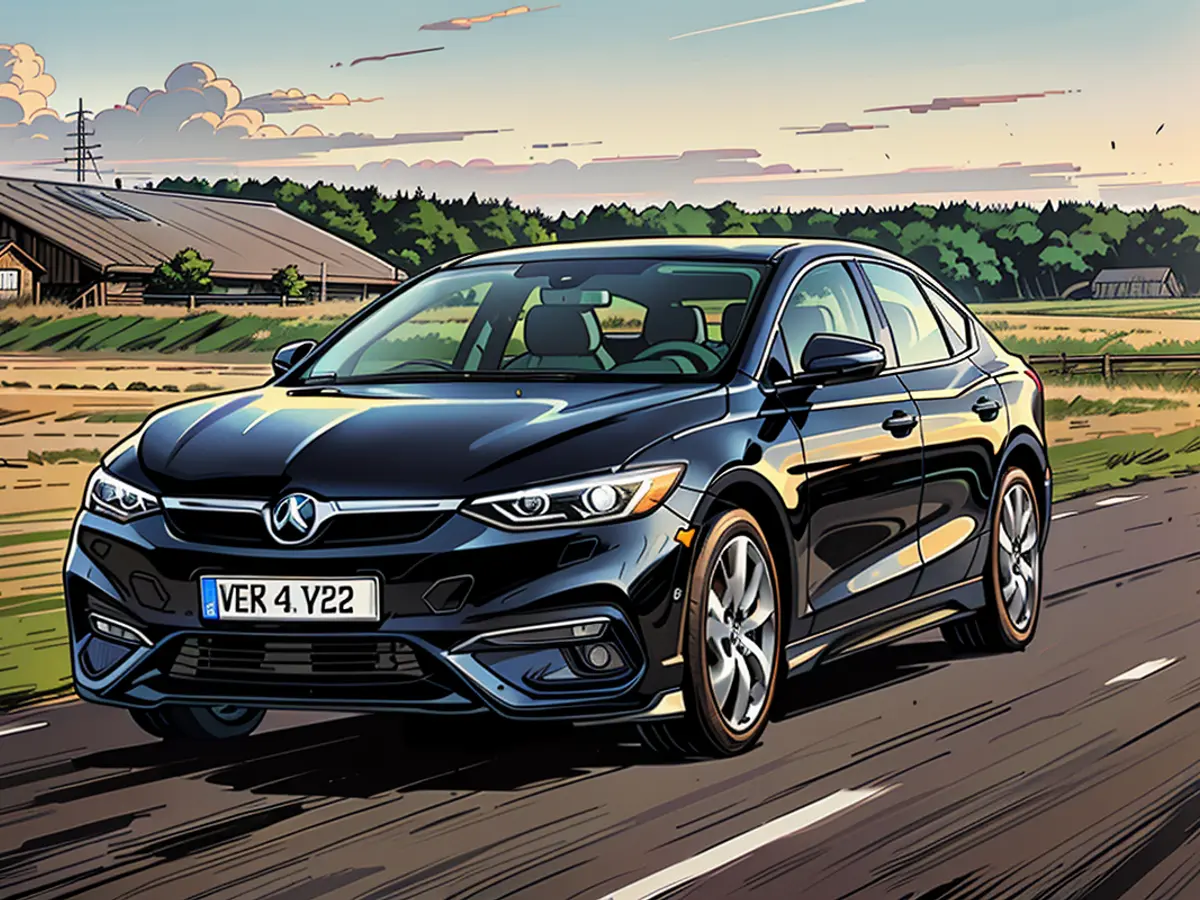- The ADAC deems only one model to be "excellent": these represent the top-notch electric vehicles, as per their evaluations.
/The Auto Club Deutschland, shortened as ADAC, conducts car evaluations year-round. These assessments are consistently published, segmented by vehicle type, providing a brief summary of the models that the testers deem exceptional within their respective classes according to their standards. Post-evaluation, vehicles receive three ratings for ranking purposes: an overall score and individual ratings for cost and price-to-performance ratio.
During these assessments, vehicles undergo rigorous testing, with testers scrutinizing factors like drive performance, safety features, daily practicality, payload, and more. For electric vehicles, factors such as range and charging speed are critical considerations as well. The latest electric vehicle results were last updated at the end of August.
In May, an event stirred up some excitement – for the first time, a car earned an overall "excellent" rating. The VW ID.7 Pro scored a 1.5 due to its impressive performance, safety features, and outstanding environmental impact.
However, other brands also shine. In the smallest class, the Fiat 500e La Prima with a 42-kWh battery currently holds the top spot. The vehicle scored 2.4 thanks to its smooth driving, secure handling, and exceptional eco-friendly properties. The vehicle's low payload and storage space werealiaisoned with its rating.
In the compact class, the Hyundai Kona Electric with a 65.4 kWh battery and Prime package takes the lead. This car received a perfect 2, showcasing weaknesses primarily in interior materials and cost – presently priced at 45,340 euros.
In the lower midsize class, Volvo leads with the XC40 Recharge Pure Electric Single Motor Extended Range Ultimate. The vehicle scored 1.7 for its comprehensive equipment, high safety, sufficient performance, and solid driving experience.
In the luxury class, Porsche and Mercedes share the top spot with the Taycan Performance Plus and EQS 450+, respectively, both boasting a 1.6 score. The prohibitive prices may have impacted the top score – both vehicles start at over 100,000 euros.
As for Eastern manufacturers, ADAC mentions, "Although no such model has reached the top tier yet, electric vehicles from Chinese factories are now earning more than commendable ratings in ADAC evaluations. Examples of this include Nio with its technologically advanced models ET5, ET7, EL6, and EL7, as well as Xpeng and its G9."
ADAC anticipates "the rivalry for top positions and market share to intensify even further." This could also have implications for Tesla. Presently, the Tesla Model 3 falls in the middle of the pack with a 2.0 score, while the Model Y is not far behind. Tesla's luxury models S and X, however, are missing from the rankings. If Tesla doesn't introduce something innovative soon, the competition will launch new models, gradually challenging the popular vehicles from the Musk-led stable./
The ADAC assessment process also scrutinizes traditional gasoline or diesel vehicles, evaluating their drive performance, safety features, and daily practicality. The Vehicle Inspection Report, available for all assessed models, provides a detailed analysis of each vehicle's strengths and weaknesses.








